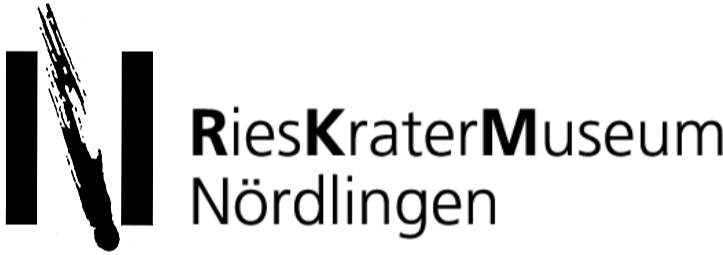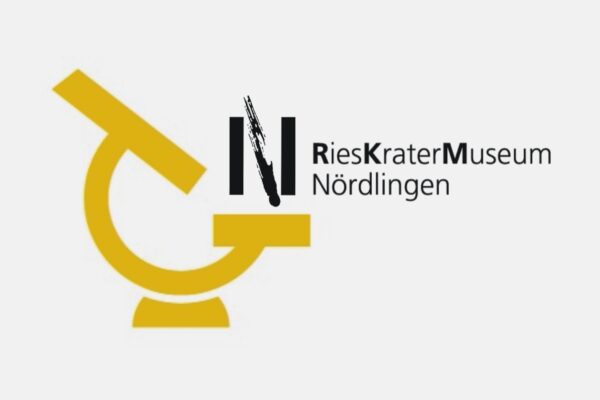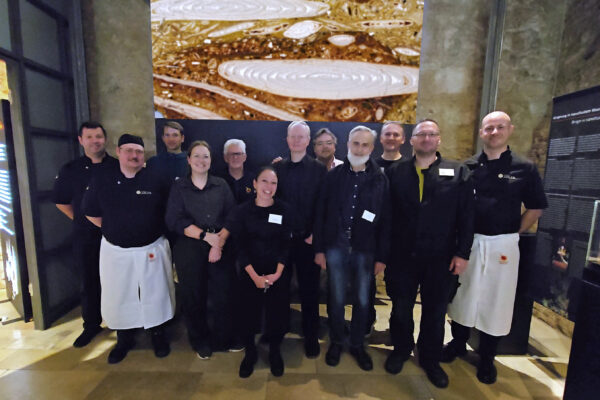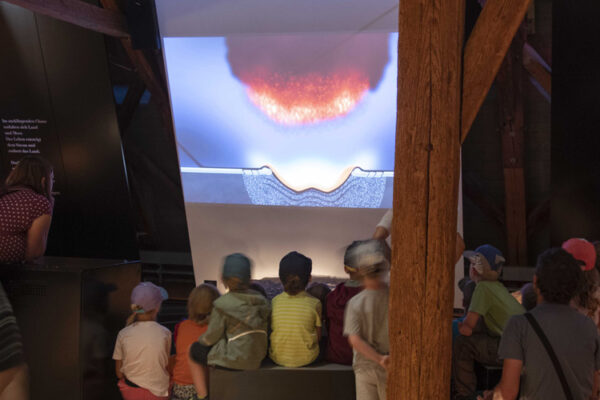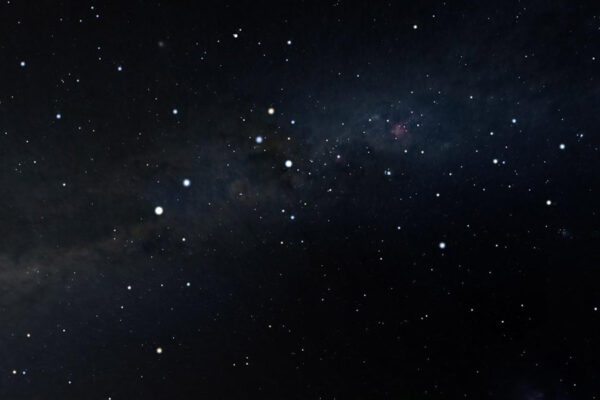RiesCraterMuseum Nördlingen
The RiesCraterMuseum is a natural history museum focusing on the formation and significance of impact craters, particularly the Nördlingen Ries. Housed in a lavishly renovated medieval barn dating from 1503, the museum’s six rooms showcase the Ries event, its planetary origins, and its earthly effects, which continue to be felt to this day.
News
Day of the talking stone
Icebreaker in the museum
From streaming to projecting: RKM adapts Stream Deck technology for museums
Mourning for Dr. Michael Schieber
A royal visit to the RiesCraterMuseum
Opening of the new special exhibition: “Rocky Roads to Life”
The RiesCraterMuseum goes to school!
RiesCraterMuseum the venue for the ESA astronaut training programm 2024
Sky over Nördlingen
Our 360° camera regularly photographs the sky above Nördlingen. The current image shows what the weather is like in Nördlingen right now, no matter where you are. But that’s not its only purpose: the images from the previous night are used to create a time-lapse film, allowing us to see what happened during the night.
Click here to watch last night’s time-lapse film.
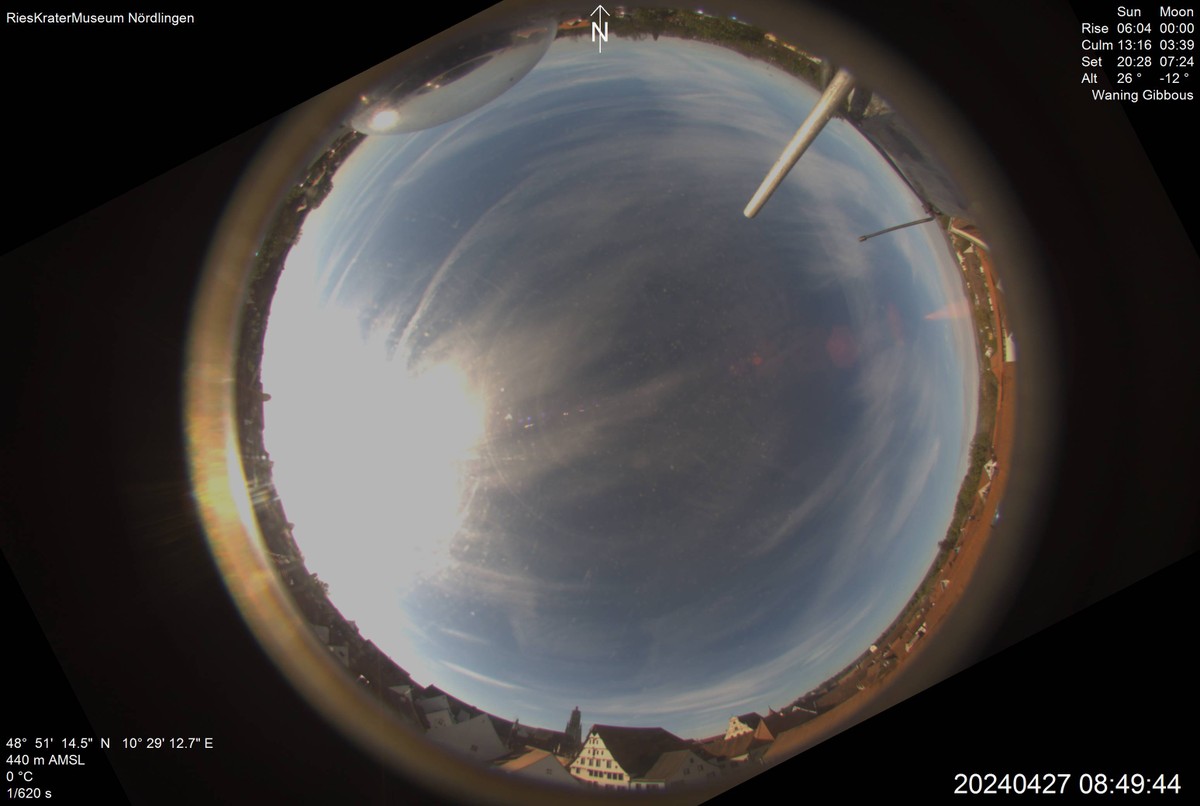 (aktualisiert einmal pro Minute)
(aktualisiert einmal pro Minute)
